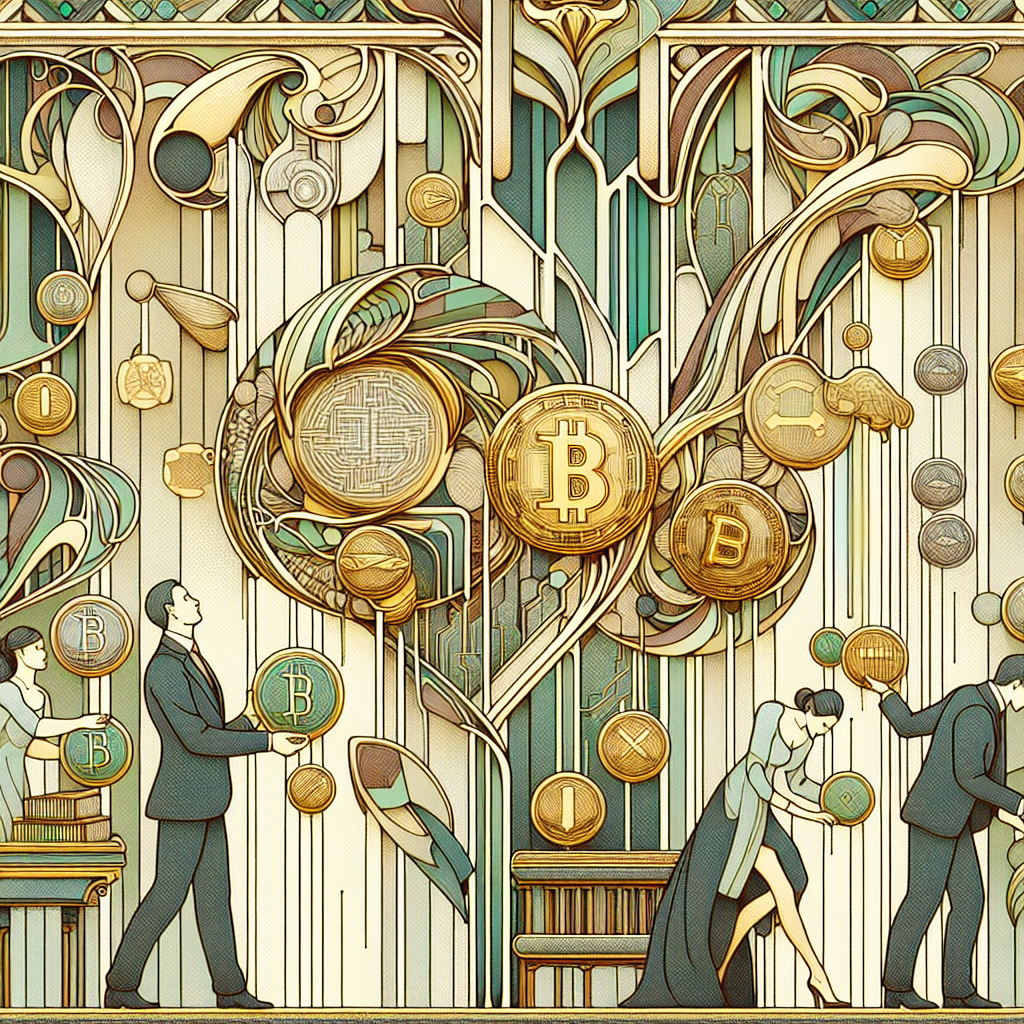The Great Unbundling: How Asset Tokenization is Dismantling the Traditional Fund Model

Remember those all-inclusive resort packages where you paid for activities you never used? Traditional investment funds operate on a similar principle – you get the whole bundle whether you want it or not. But a revolution is brewing in the investment world, and it's called tokenization.
The Traditional Fund Model: A Bundle of Joy?
For decades, the traditional fund model has offered investors a seemingly convenient proposition: pool your money with others, and let professional managers handle the rest. You buy shares in the fund, not the underlying assets. It's neat, tidy, and about as flexible as a brick wall.
This bundled approach suffers from several critical limitations:
- Lack of Flexibility: Like being served a fixed menu when you're only hungry for dessert
- High Management Fees: Paying for the entire orchestra when you only wanted to hear the violin
- Limited Access: Minimum investments often start at amounts that would make your checking account weep
- Diluted Investment Thesis: When you love three holdings in a fund but merely tolerate the other seventeen
As one fund manager reluctantly admitted to me last week, 'Our industry has been selling the wrapper rather than what's inside for decades.' Well, the wrapper is now being torn open.
Asset Tokenization: The Great Kitchen Unbundling
Tokenization is fundamentally changing this dynamic by allowing direct ownership of specific assets rather than fund shares. It's like walking into the kitchen and picking your own ingredients instead of accepting whatever the chef decided to put on the menu that day.
Through blockchain technology, real-world assets are being converted into digital tokens that represent ownership rights. These tokens can be bought, sold, and traded with unprecedented ease, creating a more direct relationship between investors and their assets.
How Tokenization Dismantles the Traditional Model
The unbundling process happens in several transformative ways:
1. Fractional Ownership Revolution
Tokenization slices high-value assets into digestible portions. That $20 million commercial real estate property? Now available in affordable, bite-sized tokens. This democratizes access to previously inaccessible investment classes, allowing investors to buy precisely what they want in quantities they can afford.
2. Direct Asset Ownership
Instead of owning shares in a fund that owns assets, investors can directly own the assets themselves. This direct ownership eliminates several layers of complexity, cost, and potential conflicts of interest. It's the difference between owning the cow and buying milk at the store.
3. Programmable Compliance and Automation
In a tokenized world, compliance rules are programmed directly into the tokens themselves. KYC, subscription requirements, redemption rules, and reporting are automated, dramatically reducing the administrative overhead that traditional funds must charge for.
4. Enhanced Liquidity
Traditional fund redemptions often involve paperwork, waiting periods, and potential penalties. Tokenized assets can be traded 24/7 on secondary markets with near-instant settlement. Your investment is no longer locked in a financial hotel California, where you can check out any time you like, but you can never leave (at least not quickly or cheaply).
Winners and Losers in the Great Unbundling
As with any disruption, tokenization creates clear winners and losers:
The Winners Circle
- Individual Investors: Gaining access to previously exclusive asset classes and the freedom to build personalized portfolios
- Innovative Fund Managers: Those embracing tokenization to offer more flexible, transparent, and cost-effective investment vehicles
- Asset Originators: Entities creating and tokenizing assets now have direct access to a broader investor base
- Technology Providers: Firms developing the infrastructure for tokenized assets are building the rails for the future of finance
The Losing Lounge
- Traditional Fund Managers: Those who resist adaptation may find their AUM (Assets Under Management) becoming MIA (Missing In Action)
- Financial Intermediaries: Many middlemen roles become obsolete when assets can be transferred directly peer-to-peer
- Status Quo Defenders: Institutions relying on information asymmetry and exclusive access will find their competitive moats drained
As one displaced fund administrator told me, 'I used to process redemption requests. Now the blockchain processes me right out of a job.' Progress can be brutal that way.
New Investment Strategies: Previously Impossible, Now Inevitable
The unbundling of traditional funds enables entirely new investment approaches:
Hyper-Personalized Portfolios
Investors can now construct portfolios with surgical precision, targeting specific assets rather than broad fund categories. Want exposure to Berlin rental properties, intellectual property in emerging biotech, and carbon credits from Brazilian rainforests? There's a token for that – actually, there are specific tokens for each.
Dynamic Asset Allocation
The ability to rapidly rebalance across tokenized assets enables more responsive portfolio management. Market conditions changing? Reposition your tokenized assets in minutes rather than days or weeks.
Composable Investment Strategies
Tokenized assets can interact with decentralized finance (DeFi) protocols, creating investment strategies that automatically execute based on predefined conditions. Your real estate token could automatically reinvest rental income into treasury tokens when yields reach a certain threshold.
Direct Governance Participation
Token holders often receive governance rights, allowing direct input into how assets are managed. Own tokens representing a commercial building? Vote on renovation proposals directly rather than trusting a fund manager to make those decisions.
The Future: From Unbundled to Rebuilt
The great unbundling won't result in permanent fragmentation. Instead, we're likely to see a rebundling phase – but with a crucial difference. Future 'bundles' will be transparent, customizable, and put together by investors themselves rather than fund managers.
Imagine a world where:
- Investment platforms allow one-click diversification across tokenized assets while maintaining direct ownership
- Smart contracts automatically rebalance your personalized token portfolio based on your risk preferences
- Investment DAOs (Decentralized Autonomous Organizations) pool resources to access premium opportunities while preserving individual asset ownership
The fund manager of tomorrow won't be selling access to a predetermined bundle but rather providing expertise on how best to assemble your own ideal collection.
Conclusion: From Fund Shares to Asset Ownership
The traditional fund model served us well for decades, but its limitations have become increasingly apparent in a digital, connected world that demands more flexibility, transparency, and personalization.
Asset tokenization represents not just an evolution but a fundamental rethinking of what it means to invest. By unbundling the traditional fund model, it shifts power from institutions to individuals, from opaque structures to transparent systems, and from standardized offerings to customized solutions.
For investment professionals, the message is clear: adapt to this new paradigm or risk becoming as relevant as a video rental store in the age of streaming. The unbundling has begun, and there's no putting these tokens back in the box.
As one forward-thinking fund manager recently told me, 'We used to sell the whole pie. Now we're learning to sell slices – and helping customers bake their own.' That's the essence of the great unbundling, and it's transforming investment management one token at a time.




